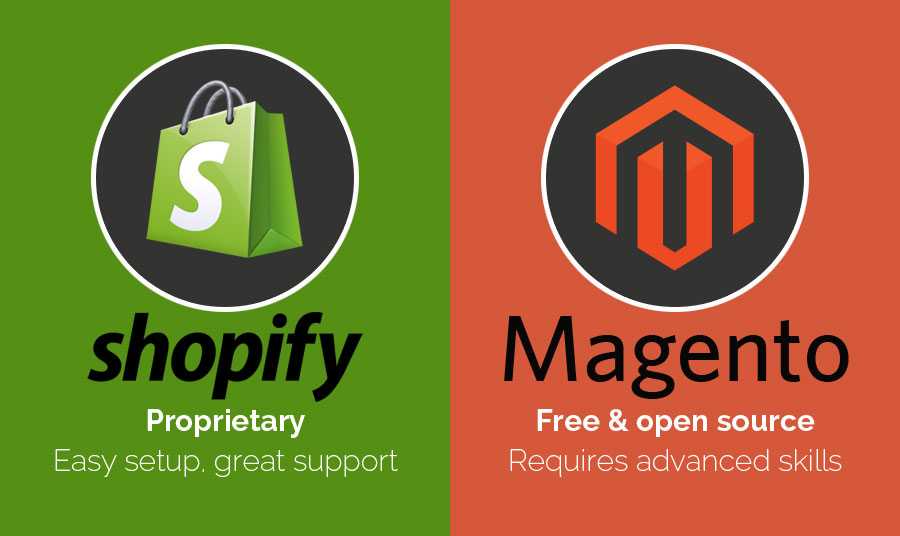Okay so the first few sessions in the books here are some of the things I've learned at this years Magento Imagine conference.
Magento vs Shopify+

People at the conference to are certainly leaning into this conversation. Look for an announcement today from Magento that will clarify their positioning, potentially Magento Go 2.0 (please no!) or aiming more up-market and ceeding the <1m revenue merchants to Shopify.
Agile Practices
One of the areas I've wanted to key in on during Magento Imagine is the operational aspects of the agile agency.
A few talks touched on this tangentially. @SteveAtMagento gave a presentation on the Best Practices for Requirements Gathering for a Magento Implementation. It was a rapid summary of some good practice including a agile artifacts like User Stories. He incorporated traditional requirements capture methods, and focused heavily on the application of user flows and alternate paths.
Enjoying my first session on Requirements Gathering for Magento Implementation best practices #MagentoImagine pic.twitter.com/CKn4uA6KnX
— Duri Chitayat (@durichitayat) April 11, 2016
Some of the topics covered in conversations ranged from strategies to bring clients into your process, the roles and responsibilities of different team members from pre-sales to QA for participating in requirements gathering, to Design Thinking's heavy emphasis on user feedback.
The Design Thinking Workshop was also solid. For the uninitiated the content was a good survey and for others a refresher. I was happy to hear that Magento is helping to promote Design Thinking to the community. Some of the Design Thinking's methodology is theoretically in conflict to Agile requirements gathering, and prototyping that are also trending schools of thought so I'll look forward to hearing more about that. One thing I can appreciate is Design Thinking's emphasis on user feedback.
Already love this Design Thinking Workshop and it hasn't even started. The workbook has 5 Whys! #MagentoImagine pic.twitter.com/p22tlKAddR
— Duri Chitayat (@durichitayat) April 11, 2016
Some of the takeaways so far that I'll be considering how to bring back to my practice include:
Defining Roles and Responsibilities for Requirements Gathering and Definition
Requirements Gathering and Definition is an ongoing process. It starts the moment the potential client first contacts our sales team and doesn't end unless the client leaves or goes out of business.
Agile is all promoting learning in increments and iterations. The challenge often arises with the involvement so many people / roles in this learning process, keeping everyone on the same page, all while innovating the product. Business Development Manager, Product Owner, Business Analyst, Solutions Architect, Project Manager, Engineer, DevOps Specialist, and QA to name a few, we face the challenge of defining the role and responsibilities of each team member in the requirements gathering and definition process.
Templates
So I enjoy collecting and dissecting templates and tools to see how they might be leveraged or adapted to my own practice. I've been able to pick up a few including templates for Use Cases, User Flows, as well as some of the decks from the presentations.
For requirements, @SteveAtMagento organized his examples into three headings: Native, Extensions, and Customizations. I'm going to think about building this structure into our SOW Templates.
I also really liked the idea of a more robust client requirements survey that pushes clients to educate us on their business rather than us asking them questions (which wastes time and opens the door up to more assumptions or mis-statements).
I also had an opportunity to see and talk to some folks who create separate templates for different aspects of the requirements including infrastructure.
Magento 2 - Extensions
One other key takeaway I want from this year's Magento Imagine conference is knowing what extensions or customizations solutions providers are putting in place to fill in the gaps for Magento 2, particularly on the personalization and marketing fronts. Heres a few quick observations:
Continuous Delivery
On the tools side, Jenkins, Bamboo are two primary continuous deployment tools there was a lot of buzz around that last year. Now it appears a lot more people are using these in practice. Standardizing a continuous delivery process could dramatically improve our agile practice.
Analytics
New Relic has been big for a while to handle application performance monitoring.
I was wondering if Google Pro would be a topic of conversation. It wasn't. Probably too marketing related to be relevant here.
Personalization
Good conversations with Yotpo and Nosto. It appears both these solutions continue to gain traction within the community.
Marketing
DotMailer has a big presence at Imagine. Well known for their great team and solid product.
Summary
Great day of learning. Really enjoying my time so far and looking forward to learning more in the Day 2 breakout sessions and Keynote.